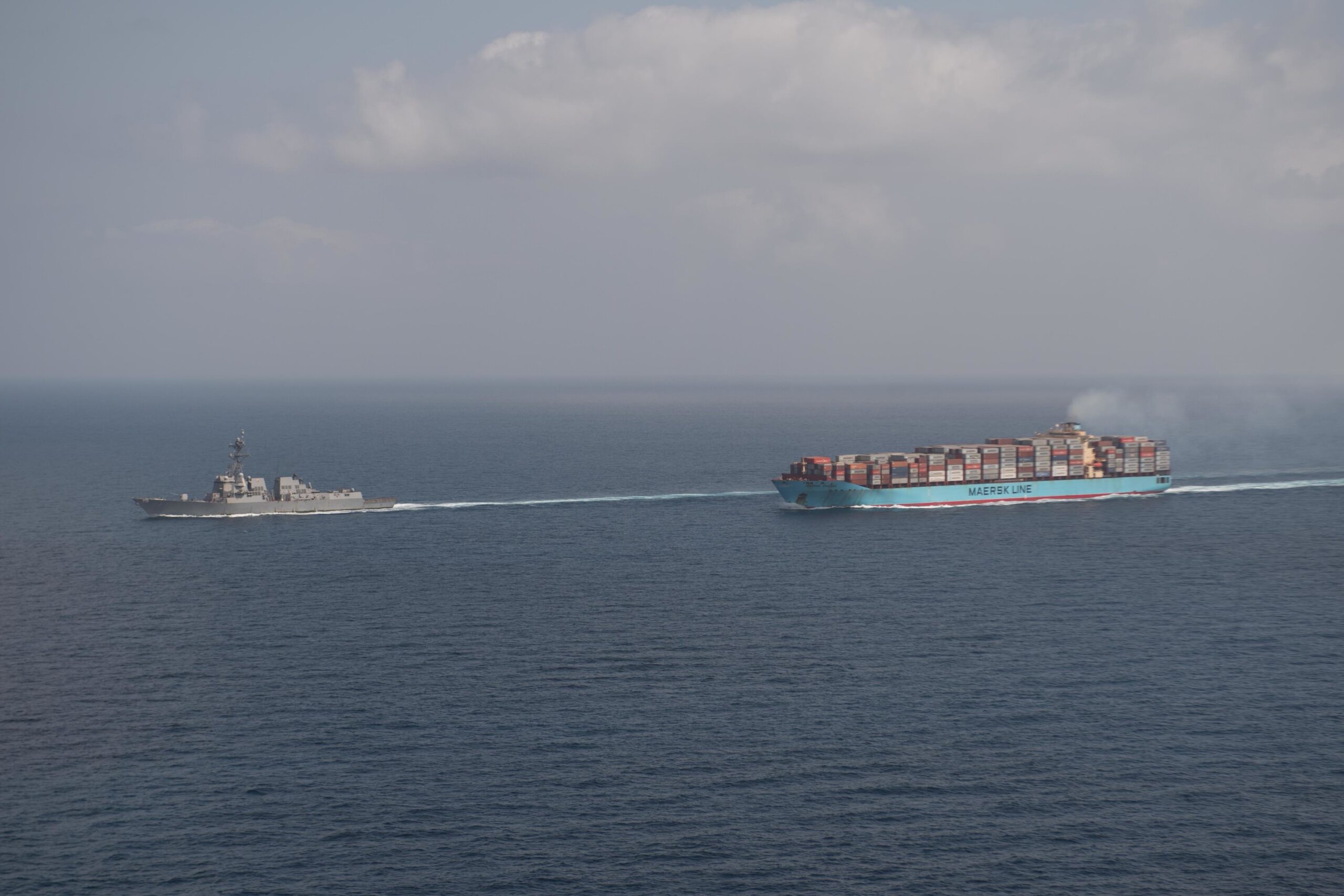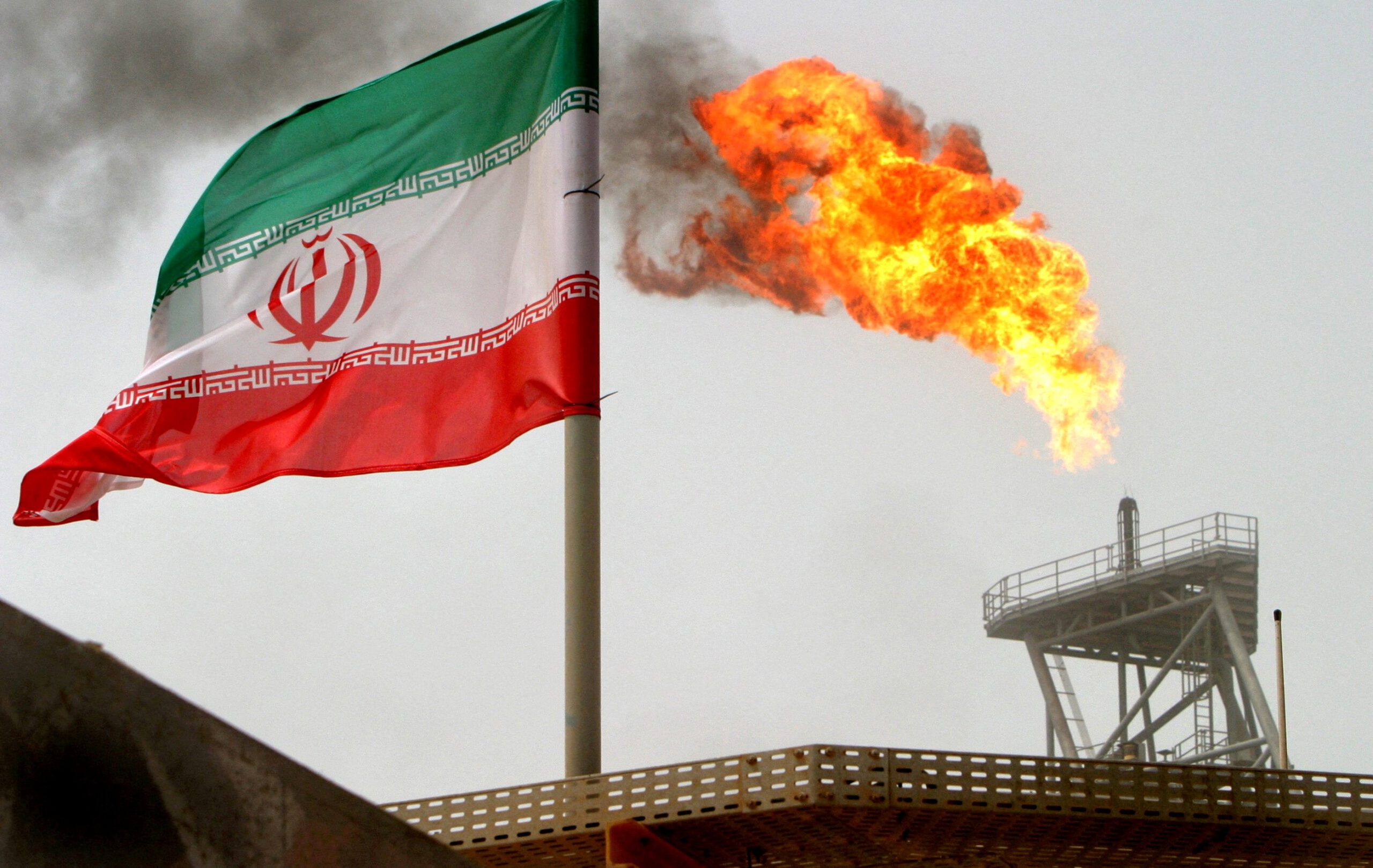When listed companies host investor conference calls, the best information usually comes out from the seemingly perfunctory “Q and A” sessions- when equity analysts are able to query the company managements on what has just been presented. It gets even more interesting when analysts are not able to penetrate beyond the gatekeepers on these calls; so it was today with Scorpio Tankers (NYSE:STNG) when Deutsche Bank Securities analysts were on the outside, looking/listening in.
In a missive to their investor clients, following the release of 2021 Q4 results, Deutsche Bank, which takes a more cautious view of the company’s prospects than others, wrote: “STNG’s conference call just concluded. It is the second call in a row where we have not been allowed to ask a question. This is unfortunate, as we believe company earnings calls, without tough questions, generally have potential to be more misleading than insightful.”
To remind readers, STNG is one of the largest owners in the refined product carriers sector, controlling 131 vessels (with 14 of these, a dozen of which were in the LR1 size class- 60,000 dwt up to 85,000 dwt, having been committed to cash-raising sales). STNG ended Monday with its shares trading at $15.29/share.
On today’s call, following a run through of Q4 2021’s loss-making results, the company did take a group of questions from leading equity analysts, many of whom have price targets for STNG around $24/share (versus the $10/share from Deutsche Bank).
In response to a question from Clarksons Platou stock expert Omar Nokta regarding the back-story of the sale of the LR1 vessels, STNG President, Robert Bugbee, explained that a sale made sense because it raised liquidity while vessel values were elevated (especially in the context of a stock price around 50% of Net Asset Value), and getting to an “offensive position” of “almost too much liquidity” in advance of a recovery in the market for product tankers.
Mr. Bugbee, described later in the call as an “Uber-Optimist” describing the major drawdowns in product inventories- with resultant cargo movements reduced, said: “…that really sets up a situation where you’ve got this long-term great market…and it’s just a question of when that’s going to happen.”
In answering Mr. Nokta’s question, Mr. Bugbee also got into the concept of “optionality” (to the upside, of course) that comes from building up a cash war chest through selling vessels. Though uncertain about the precise course of rates, he said “We are not looking to charter out vessels”- as a means of locking in cash flows (in advance of declining markets); “We are extremely bullish,” he said.
Later in the call, Mr. Bugbee explored the asset sale in the context of “consolidation” a topic on nearly all investor calls or company presentations. After noting that the 12 LR1’s are going to Hafnia- the leading owner in that sector (“..a natural buyer…with an appetite for that specific fleet…,” in the words of CEO Emanuele Lauro), Mr. Bugbee made the case that ”…in the best dynamic for us overall…we were able to place those vessels into the #1 owner of LR1s…”. The impact- increased consolidation throughout product tanker space- since STNG was a leader in the adjacent sizes of MR (smaller) and MR2 (larger). “Consolidating…as opposed to fragmenting,” is how Robert Bugbee described it. “Anything we can do to strengthen the LR1 market is beneficial to us in MRs and LR2s”, he said, mindful of the dynamic of vessel substitutions across sizes.
Another analyst question, from Ben Nolan (of Stifel Financial), concerned scrubbers- he wondered about ways in which the widely cited tightness in the shipyard arena (with the impact of reduced future deliveries, for now) was impacting STNG’s plans to install scrubbers on additional vessels. Cameron Mackey, STNG’s CEO (an industry veteran who had worked with Mr. Bugbee back in the OMI days) explained that there is not a lot of overlap between yards that are building ships and those that do repairs and retrofits- he added that capacity is available, in the yards doing scrubber installs and other retrofits, because container and drybulk players were keeping their vessels trading in their continued strong markets.
What about the questions not asked? In a set of discussions with frequent mention of “runway” and “liquidity”- the Deutsche Bank team would have been eager to probe more deeply into issues surrounding cash generation, dividend payments, and how STNG’s positive outlook comports with things like refinery maintenance- which would negatively impact movements in the products trades.

 Join The Club
Join The Club










